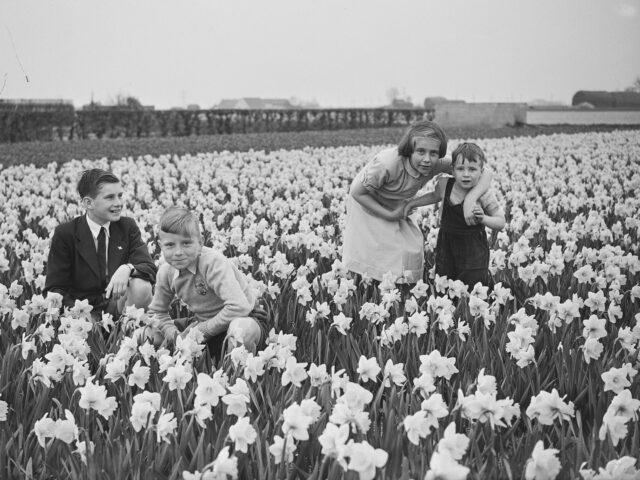For the first time since records began in 1900, more people died in The Netherlands than were born in 2022, according to the nation’s official statistician.
In a stunning example of Western demographic decline, the Central Bureau of Statistics (CBS) of The Netherlands reported that last year the birth rate fell below the death rate, with 168,000 babies born compared to 169,000 deaths. The number of births declined by 11,000 over the previous year, putting the rate of 1.49 children per woman on par with historically low birth rates in the 1980s.
The official statistician agency noted that this was the first time deaths have outpaced births since records began in 1900 and that even during World War II there were still more babies born than deaths. The CBS suggested that the Chinese coronavirus likely played some role, however, that did not explain the full story.
“We have seen that births have been declining for years and that mortality is also increasing, but that mortality has been somewhat higher in the past three years due to corona,” Dick ter Steege of CBS told the NOS public broadcaster.
“So in that sense, this dip could be temporary. If the excess mortality is over next year, the number of babies will be slightly higher than the number of people who die,” he added.
Nevertheless, the population of the country still increased as a result of mass migration, with some 402,000 immigrants settling in The Netherlands last year, an increase of 150,000 over 2021. The increase was in large part a result of the war in Ukraine, with 89,000 Ukrainians being registered as fleeing to the country this year.
On the whole, net migration is expected to be around 228,000 for the year, which even without counting the influx of refugees from Ukraine will be higher than last year.
Following Ukrainians, migrants from Syria made up the next largest group to come to the country, followed by Turkey, India, and Poland. The data release from CBS did not reveal what percentage of the population is now foreign-born, however, as of last year, there were 2.5 million residents of the Netherlands born abroad. A further 890,000 people were born to two foreign parents and 1.1 million had at least one migrant parent, meaning that one-quarter of the population was either a migrant or the children of migrants.
The CBS said that as a result of immigration, The Netherlands now has more over 17.8 million people residing in the country. While it is expected that the population will continue to rise in the near term, the agency said that it is expected that growth will eventually level off, with about 20 million inhabitants expected by 2056.
“As far as migration is concerned, we never really know what will happen. In recent years, we have seen that migration is really high. There is a lot of work in the Netherlands, you can study here, so our country has great appeal. We don’t know what happens to the people from Ukraine, it depends very much on the situation in Ukraine itself. Maybe they will go back, and maybe not,” Ter Steege said.
Follow Kurt Zindulka on Twitter here @KurtZindulka

COMMENTS
Please let us know if you're having issues with commenting.